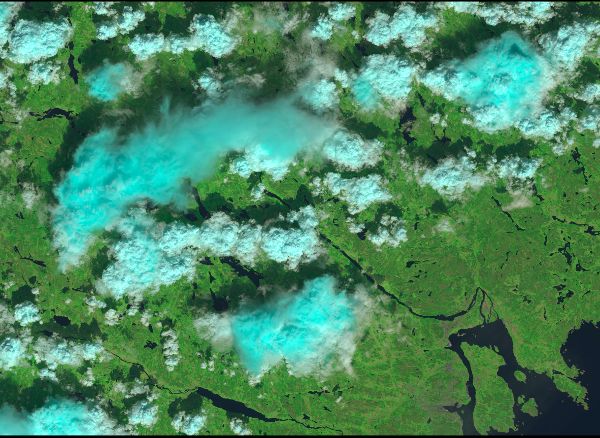WUI: Wildlife Urban Interface Area Monitoring
Wildlife Urban Interface Area Monitoring

Prototyping area monitoring based on Big Data from remote sensing sources (e.g. satellite images, social media data) in combination with advanced Artificial Intelligence and Machine Learning methods running in the cloud.
Problem Statement
Innovations in the insurance industry are strongly driven by technological advancements. Due to the digitalization of information an unprecedented flood of raw data exists. The increase in data (Big Data), however, can often only be made accessible and usable for business purposes with adequate methods. Recent developments in the field of cloud computing and machine learning (especially Deep Learning) allow to extract and classify complex patterns, thus, help to automatically extract information from raw sensory input data, e.g. from satellite images. Such a machine learning pipeline allows insurances to save costs and increase customer satisfaction.
Project Goal
The project goal is to develop a data service that provides highly specialized and structured information on insurance objects to enable rapid processing of orders and claims settlements. As data sources, we relied on remote sensing, weather and social media data, which we processed using self-adaptive deep learning and machine learning algorithms.
Project Approach
Remote sensing, weather and social media data were combined to automatically detect changes in diverse objects such as buildings, infrastructure, or agricultural land. These changes can be triggered by man-made disasters and natural catastrophes, or they can result from planned restructuring. This includes, for example, a spoiled grape harvest or the demolition or expansion of a residential building. Until now, affected policy holders had to approach the insurance company themselves to fill a claim and provide the information necessary to calculate the appropriate settlement. The new process saves time and money leading to higher customer satisfaction.
Project Details:
- Press Release Universität Konstanz
- Project Duration: 10/2018 – 09/2019
- Partner: Universität Konstanz